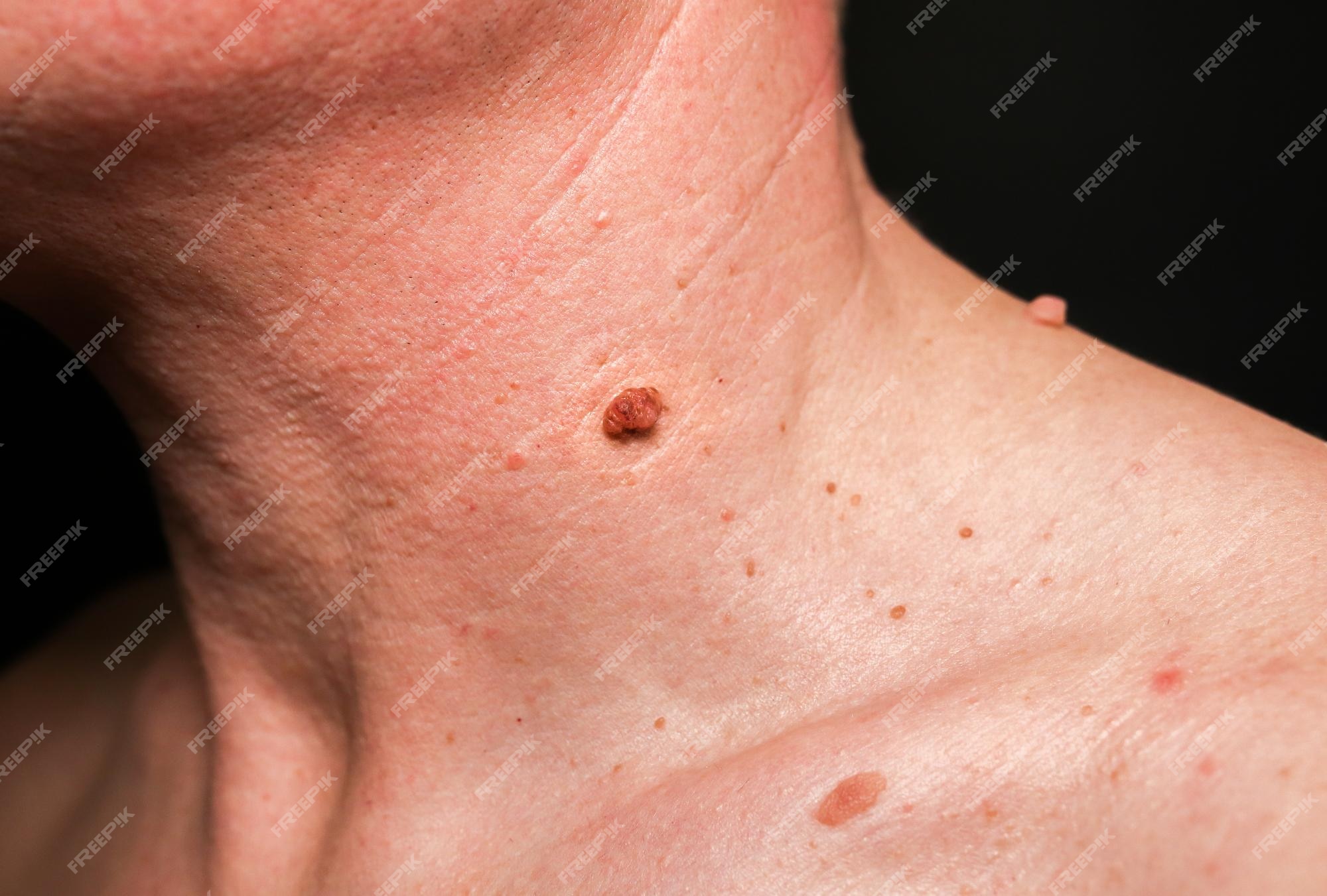
Birthmarks are common irregularities in skin pigmentation that can develop before or after birth. They come in different shapes, sizes, and colors, and their appearance can vary widely depending on their location on the body. While most birthmarks are harmless and do not require medical attention, they can affect a person’s self-esteem or be a sign of an underlying medical condition. In this article, we will explore the science and causes behind birthmarks and answer the question, “Why do we develop birthmarks?”
What Are Birthmarks?
Birthmarks are skin discolorations that are present at birth or develop shortly afterward. They can appear anywhere on the body, including the face, neck, arms, legs, and torso. Some birthmarks are flat and smooth, while others are raised and bumpy. They can range in color from pale pink to dark brown or black, and their size can vary from a tiny dot to a large patch that covers a significant portion of the body.
Types of Birthmarks
There are two main types of birthmarks: pigmented birthmarks and vascular birthmarks.
Pigmented birthmarks occur when there is an excess of melanin, the pigment that gives color to the skin. Some examples of pigmented birthmarks include café-au-lait spots, which are light brown in color and can be oval or irregular in shape, and moles, which can be flat or raised and can range in color from brown to black.
Vascular birthmarks, on the other hand, occur when there is an abnormal growth of blood vessels under the skin. They can be pink, red, or purple in color and can be flat or raised. Some examples of vascular birthmarks include port-wine stains, which are large, flat, red or purple marks that are present at birth and do not fade over time, and hemangiomas, which are raised, red or purple marks that often develop shortly after birth and can disappear on their own over time.
Causes of Birthmarks
The exact cause of birthmarks is not fully understood, but researchers believe that they are caused by a combination of genetic and environmental factors.
Genetic Factors
Some birthmarks are believed to be inherited, which means that they are passed down from parents to their children. For example, certain types of moles are known to run in families, and a person’s likelihood of developing a port-wine stain birthmark is higher if they have a close relative with the condition.
Environmental Factors
Environmental factors, such as exposure to sunlight or certain chemicals, can also play a role in the development of birthmarks. For example, sun exposure can cause an increase in melanin production, which can lead to the development of freckles or other pigmented birthmarks. Additionally, exposure to certain chemicals during pregnancy can increase the risk of a baby developing a birthmark.
Medical Conditions Associated with Birthmarks
While most birthmarks are harmless, some can be a sign of an underlying medical condition. For example, large or multiple café-au-lait spots can be a sign of neurofibromatosis, a genetic disorder that causes tumors to grow on nerves throughout the body. Similarly, large or multiple hemangiomas can be a sign of a condition called PHACE syndrome, which can cause abnormalities in the brain, eyes, and other organs.
Conclusion
In conclusion, birthmarks are common skin irregularities that can develop before or after birth. While their exact cause is not fully understood, researchers believe that they are caused by a combination of genetic and environmental factors. While most birthmarks are harmless and do not require medical attention, some can be a sign of an underlying medical condition. If you have concerns about a birthmark, it is always best to consult with a medical professional to determine if any further testing or treatment is necessary.
